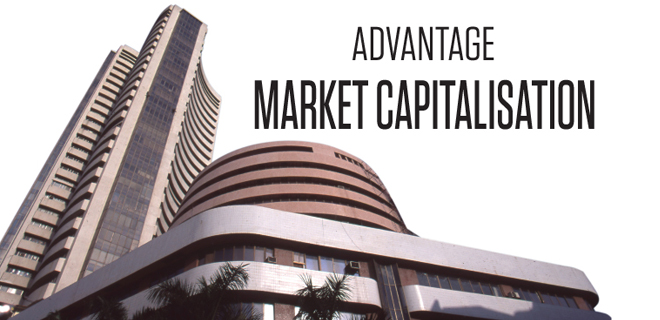KYC woes
e-KYC service runs on its bottlenecks

Although market regulator SEBI has allowed Aadhaarbased e-KYC service for mutual fund investors, it continues to have its share of bottlenecks. Yes, investors with an Aadhaar number and PAN can complete eKYC process and open a folio without having to submit forms and doing in-person verification (IPV), they can do so with investments up to Rs50,000 only in a financial year per mutual fund through this facility. To invest further, one will need to undergo the IPV, which too has found a relatively easier way out electronically.
The two Registrar and Transfer agents (R&T), CAMS and Karvy, are offering eKYC which will allow investors to open a folio without having to submit forms and doing e-IPV and start transacting in direct and regular plans of mutual funds. The process is very simple—all that investors need to do is fill up the online KYC form by keying in details like name, mobile number, email id, address, PAN details and upload the supporting documents like PAN, bank details and address proof.
However, the cumbersome process starts the moment you plan to invest more than Rs50,000 a year. You will need to undergo the IPV, which is also being eased compared to the earlier time consuming process, where the distributor or the AMC personnel had to physically verify the investor seeking KYC. AMCs and even some distributors are verifying the information shared as part of KYC by scheduling an online meeting with a client based on their convenience to carry out electronic e-IPV. Once this e-IPV is done, the fund house will send the application to KYC Registration Agency (KRA) to process the documents. Typically, KYC Registration Agencies (KRAs) take 8 to 10 days to verify a KYC application. By going electronic, the KYC process is closest to real time compliance, which does away with bulky paperwork, but beyond that, this move is no different from the earlier process. To move towards a fast and easy process to get the KYC process in place, the regulator needs to put in a system which is electronically seamless and enables investing in an easy manner instead of the cumbersome mode we follow now.









